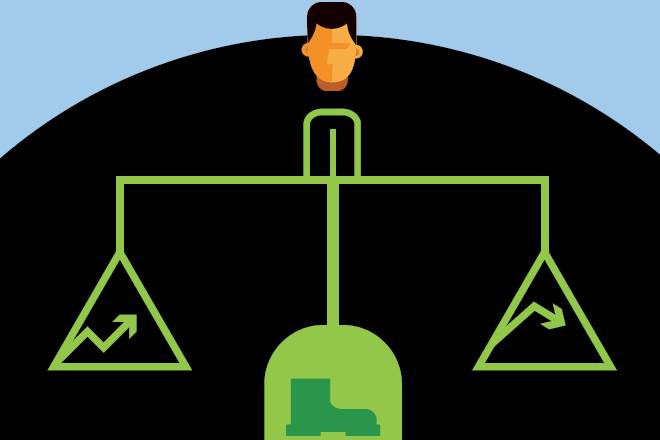Before investing in an initial public offering (IPO) of a company, investors go through the offer document or Red Herring Prospectus to get more detailed information about it. These documents provide information about the company’s strengths, profile of the promoters and management, corporate structure, main objectives, subsidiary details, risk factors, etc., and often mention a term called “green shoe option”. Let us try to understand the relevance and significance of a green shoe option from the investor’s point of view.
What is green shoe option?
A green shoe option is nothing but a clause contained in the underwriting agreement of an IPO. This option permits the underwriters to buy up to an additional 15% of the shares at the offer price if public demand for the shares exceeds expectations and the share trades above its offering price. Green shoe option is also known as an over-allotment provision. The above option is primarily used at the time of IPO or listing of any stock to ensure a successful opening price. Accordingly, companies can intervene in the market to stabilise share prices during the first 30 days’ time window immediately after listing. This involves purchase of equity shares from the market by the underwriting syndicate in case the share price fall below issue price or goes significantly above the issue price. The above option acts as a price stabilising mechanism. From the investor’s point of view, an IPO with green shoe option ensures that after listing the share price will not fall below its offer price.
Why it is known as green shoe?
Green Shoe Manufacturing Company (now known as Stride Rite Corporation) was the first company to incorporate the green shoe clause in its underwriting agreement. Henceforth, all underwriting agreements which have over-allotment option clause are said to have the green shoe option. In India, the concept of over-allotment or green shoe option was introduced by the Securities and Exchange Board of India (Sebi) in the year 2003 to stabilise the aftermarket price of shares issued in IPOs.

What are the mechanics?
To keep the share price under control, the underwriter oversells or shorts up to 15% more shares than initially offered by the company. For instance, if company ABC decides to sell 10 million shares, the underwriters may exercise their green shoe option and sell 11.5 million shares. When the shares are actually listed in the market, the underwriters can buy back 15% of the shares. If the market price of the shares exceeds the offer price, the underwriters exercise the green shoe option to buy back 15% of the shares at the offer price, thus protecting them from the loss. Similarly, if the shares trade below the offer price, it may create a wrong impression in the minds of the investors and they may sell the shares they have bought or stop buying more from the market. In such a scenario, to stabilise share prices, the underwriters exercise their option and buy back the shares at the offer price and return the shares to the issuer. In the entire process the company has no role to play and any gains or losses arising out of the green shoe option belongs to the underwriters. To conclude, from investor’s point of view those companies which have green shoe option in their IPO process are considered to be good because they have a built-in price stabilising mechanism which will ensure the prices will not go below its offer price.
The writer is associate professor of finance & accounting, IIM Shillong

